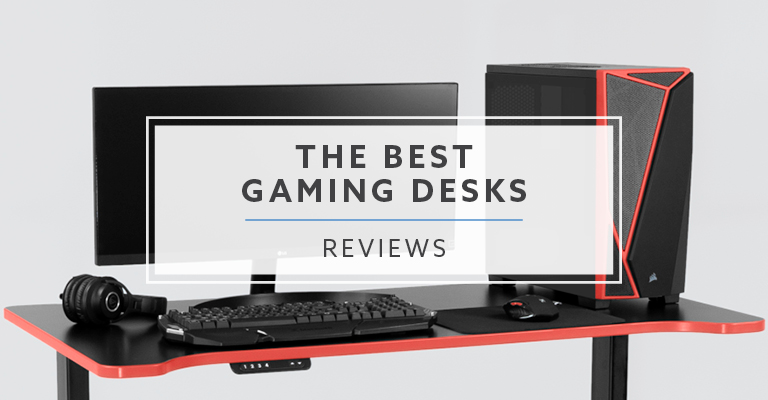blogDigital Marketing
What is Omnichannel Order Management System: Best Practice
What is omnichannel order management system?
How does omnichannel order management system work?
Key benefits: Using an omnichannel order management software
(5) Key Omnichannel Order Management Features to Consider:

You can choose an omnichannel order management software that meets your business needs and helps optimize your operations across various sales channels. When selecting omnichannel order management software, it is important to consider the following essential features:
- Inventory management: The software should offer automated inventory updates across all sales channels and provide efficient order routing and fulfillment based on inventory availability.
- Order management: Look for centralized workflows to process customer orders and manage returns, along with access to comprehensive customer data from different channels.
- Multi-channel listing management: The software should enable easy creation and updates of product listings, including SKUs and pricing, across multiple channels from a single platform.
- Shipping integrations: Ensure that the software integrates with major shipping carriers and third-party logistics providers (3PLs) to streamline shipping and tracking processes.
- Business intelligence: The software should provide reporting and insights on sales channels, SKUs, order status, and other key metrics to facilitate data-driven decision-making.
Omnichannel order management solutions:
While the specific ranking of omnichannel order management solutions may vary based on individual business needs and preferences, some popular options in the market include:
- Shopify
- Magento Commerce
- BigCommerce
- Salesforce Commerce Cloud
- Oracle NetSuite
These solutions offer comprehensive features for managing orders, inventory, and customer experiences across multiple channels to deliver a seamless shopping experience.
ShipBob
They can help with omnichannel order management through their suite of fulfillment services and software solutions.
Magestore
- How to Build an Effective Financial Transformation Roadmap
- Digital Transformation in Finance | Embracing FinTech Innovation
- Top Career Paths Example | Public Finance Investment Banking
- Can You Use AfterPay on Amazon: Guide for Shoppers
- Integrated Procurement Technology| A Key to Business Efficiency
- Asset Management Digital Transformation: Challenges| Future






